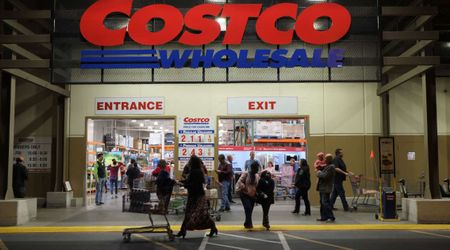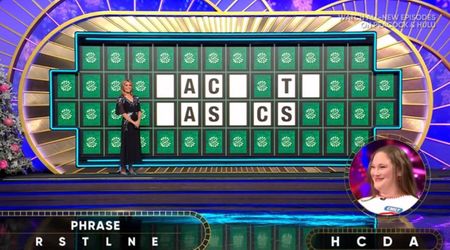5 Grocery Shopping Mistakes That Impact Both Health And Savings

Savvy Shoppers Ensure Safety And Savings All Around The Supermarket

While it may seem that online shopping has taken over, Americans are still heading to the supermarkets. According to a Statista survey, an average American goes to the grocery store about 1.6 times a week. Thus, grocery shopping might seem like a common or simple task but there is more to that. However, most people aren’t aware that they are making crucial mistakes that are hindering savings and putting their health at risk. Here are five common mistakes shoppers tend to make at the grocery store.
1. Focusing only on the purchase price instead of the price per quantity

Shoppers who only look at the end cost and not the cost per quantity of products are missing out hugely on saving money. For instance, a packet of raw beans that may be more expensive than a can of pre-cooked beans contains three times the amount compared to the can. This means customers may pay $0.66 per ounce for the pack and $1.25 per ounce for the can. This makes the pack a better deal. This calculating the cost per unit while grocery shopping can save a lot of money and allow shoppers to get more out of the purchase.
2. Overlooking Food Labels

It is important for shoppers to not just fall for the front of the packaging which may boast buzzwords like "healthy" or "low-calorie.” To ensure a healthy purchase, shoppers must look at the back of the label to find out the real story. The nutrition facts panel gives information on the bad things such as saturated fat, sodium, and added sugars, and the good things such as dietary fiber, vitamins, minerals, and other nutrients that are needed. Thus, shoppers must make an informed decision based on the complete nutritional information.
3. Buying Mishandled Seafood or Meat

Shoppers mostly pick raw seafood to cook. Thus, people who want to buy fish for sashimi or ceviche should only buy fish listed as 'sashimi grade' which is kept very cold or on ice. Further, seafood should be used as soon as possible or it should be frozen immediately. The same goes for items other than fish such as shellfish, which also need to be kept extremely cold or frozen to keep them safe for consumption. Further, the same goes for meat as well.
4. Ignoring Temperatures of Prepared Food

Several supermarkets keep prepared food in their deli department. Shoppers who are considering buying these should be cautious and pay close attention to the temperature of the items and how they were prepared. The prepared food should be tangibly hot or cold and the face of the case should indicate 135 degrees Fahrenheit for hot food and below 41 degrees for cold food. Further, items that perish quickly should be kept colder to maintain their integrity.
5. Buying Only Organic

While organic food is marketed as the healthier option, always buying organic at the grocery store may not make sense and it can be expensive. It is important to know what produce items are worth getting organic and what items are okay to get even if they aren’t organic. Items that need or accumulate a high number of pesticides should be bought organic and items that are easily available at the local market can be avoided at the supermarket for better savings.
























